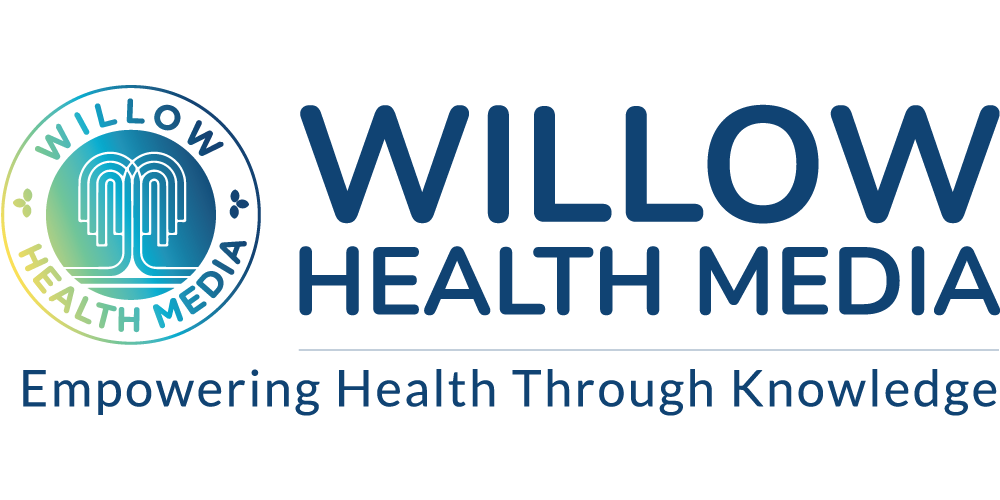1890 – Britain officially moves to East Africa with Sir William Mackinnon’s Imperial British East Africa Company (I.B.E.A.) as the vehicle for colonialism.
1944 – The European Hospital and Treatment Relief Fund, and the Asian and Arab Fund Authority are created exclusively to serve the three ‘superior’ races- Europeans, Indians and Arabs- through contributors obtaining treatment from the more expensive and exclusive hospitals.
1963 – Attorney General Charles Njonjo drafts a letter of recommendation to have a Hospital Insurance Scheme for all Kenyans irrespective of race, colour or creed.
1966 – The National Hospital Insurance Fund (NHIF) is established via an Act of Parliament Cap 255 under the Ministry of Health to offer health insurance exclusively to those in formal employment earning Sh1,000 or more per month.
1972 – The NHIF Act is amended to include people in informal employment and the self-employed, but to cover hospitalization only. Unlike the first scheme, it also caters for all wives in polygamous families.
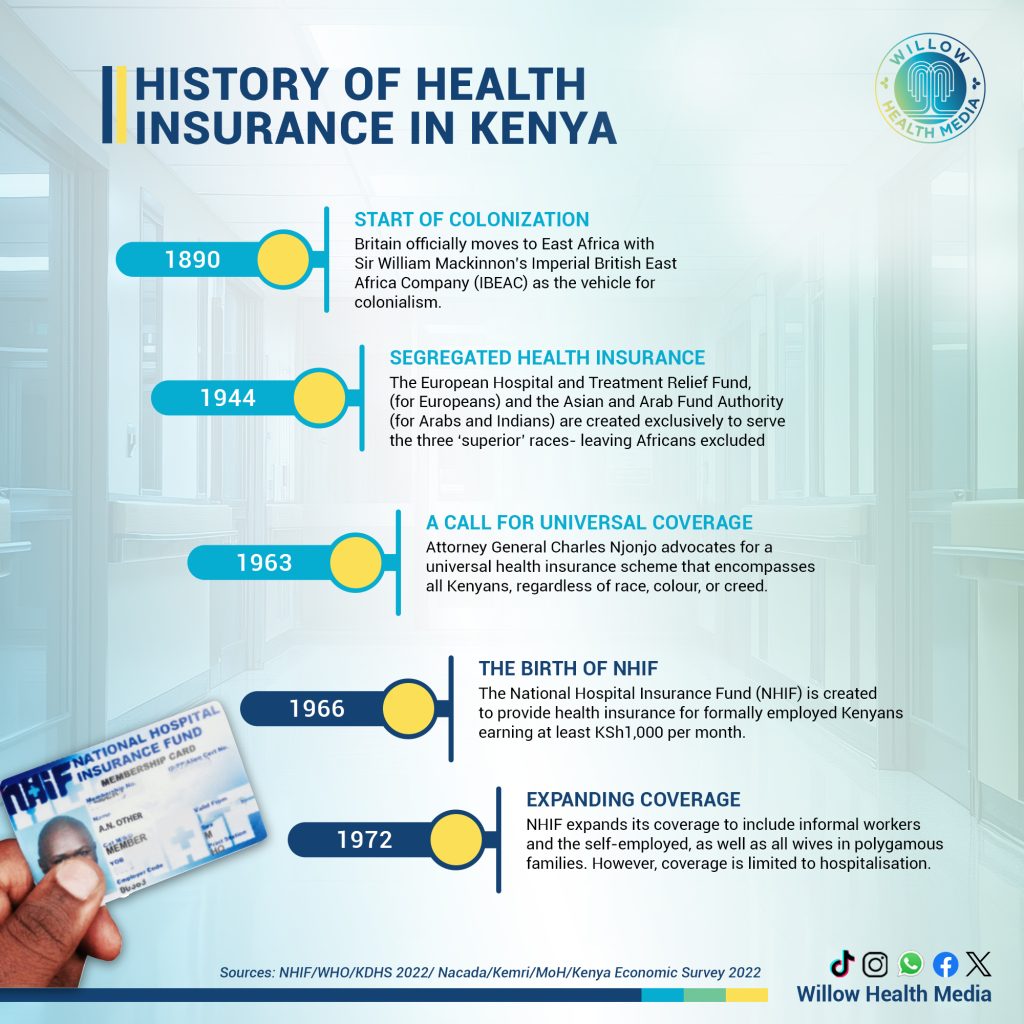
1979 – NHIF rocked by massive fraud through fake stamps, but this is solved through ‘the small card’ operated manually and no claim can be paid without it.
1990 – Minister for Health Mwai Kibaki through Legal Notice no.171 revises NHIF contributions to be calculated through a graduated scale and paid directly to the Income Tax Department from Sh30 to Sh320 per month. He stresses that public taxation will be at the heart of financing healthcare.
1991 – NHIF expands, establishing offices in Mombasa, Kisumu, Nakuru and Nyeri. It also partners with The United States Agency for International Development (USAID) through the government computer department to acquire computers for automation.
1995 – NHIF in collaboration with the Criminal Investigations Department (CID) Director Noah Arap Too launches a crackdown on healthcare providers lodging fraudulent claims. More than 100 hospitals are deregistered and some are taken to court.
1998 – NHIF morphs into a State Corporation through Act 9 of Parliament to be managed by an all-inclusive Board of Trustees.
2001 – NHIF forges a partnership with the Kenya Revenue Authority (KRA) for the collection of more than Sh240 million of contributions from employers.
2004 – Minister for Health Charity Ngilu introduces the National Social Health Insurance Fund (NSHIF) Bill aimed at replacing the NHIF. The Bill is passed in Parliament but President Mwai Kibaki does not assent to it.
- NHIF introduces magnetic stripe cards. The photo card changes the whole system because it can only be swiped at NHIF-contracted hospitals, and ends what is called the ‘small portion’. This marks the beginning of automation in NHIF.
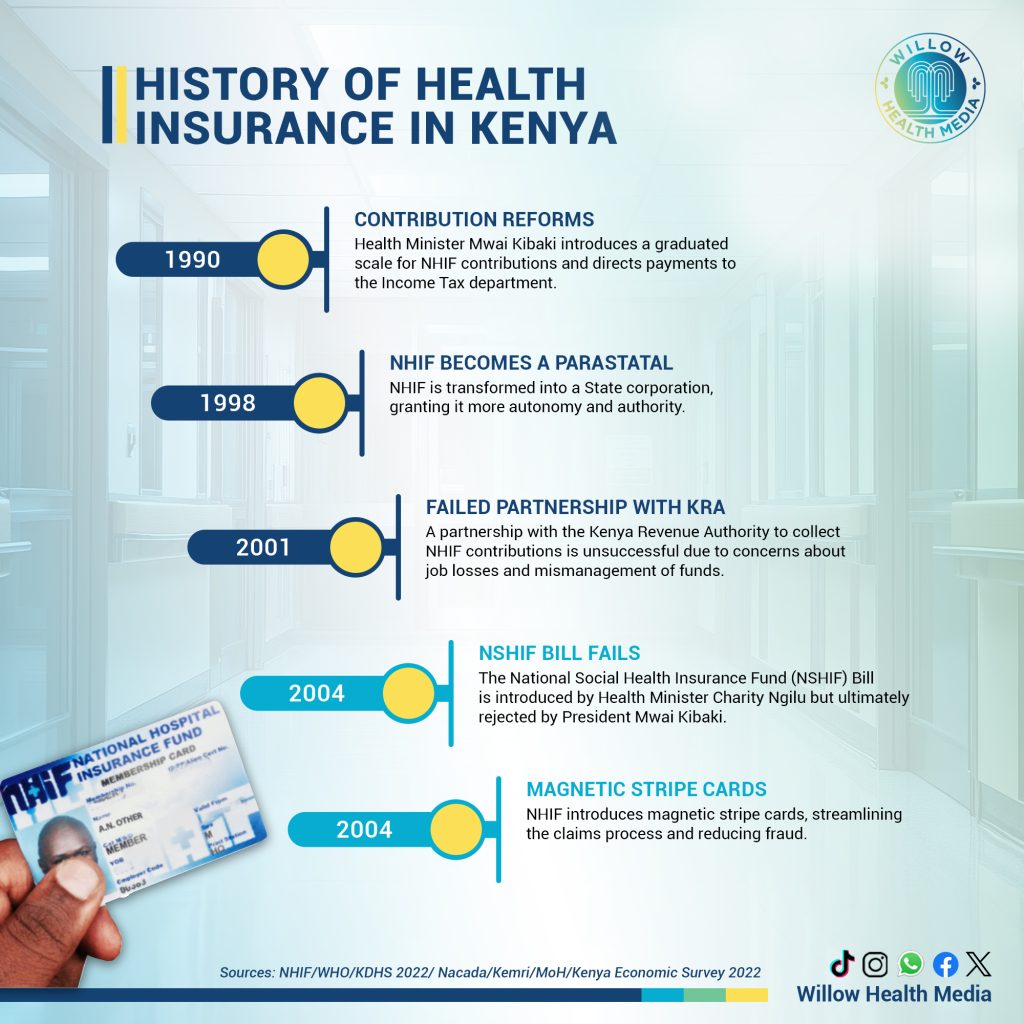
2007 – Bima ya Jamii is initiated to change the narrative that insurance was for the rich and is officially launched in 2009.
2009 – The Mzalendo Cover, which is the current outpatient cover, is launched by the then Minister for Health Prof Anyang’ Nyong’o in Mumias.
2012 – NHIF rolls out Enhanced Medical Schemes including the Civil Servants Scheme. NHIF also signs an agreement with the Kenya National Union of Teachers and the Kenya Union of Post-Primary Education Teachers to give teachers expanded medical cover.
- NHIF monthly premiums are increased and gazetted from Sh30-Sh320 to Sh150-Sh1700 and for self-employed increased from Sh160 to Sh500 per month.
2015 – The registration of members’ module is linked to the Integrated Population Registration Services (IPRS).
- NHIF rolls out new schemes including Linda Mama, Boresha Jamii and the Health Insurance Subsidy Programme (HISP) for the poor, older persons and persons with severe disabilities.
2016 – The ‘UHC Supa Cover’ (Universal Health Coverage Super Cover) is launched through massive campaigns that see an increase in membership of over six million people. It is a family-based cover, has no upper age limit, no medical examinations required, no exclusions apart from cosmetic procedures, and no deposits required on admission.
2017 – M-Tiba- a mobile wallet- that allows people to save, send and receive funds for healthcare services is launched. NHIF members can use their mobile money to remit their monthly contributions and have unlimited access to healthcare services.
2018 – A Health Financing Reforms Experts Panel is appointed to oversee the transformation and repositioning of NHIF as a strategic purchaser of healthcare services towards the attainment of UHC by the year 2022.
- NHIF enters into a partnership with retired police officers offering a comprehensive care package targeting more than 1,000 retired officers under the umbrella body National Association of Retired Police Officers in Kenya (Narpok).
- NHIF Chief Executive Officer Geoffrey Mwangi arrested over a Sh1.5 billion corruption scandal, Nicodemus Odongo appointed acting CEO.
2019 – NHIF introduces new rates, with the lowest contribution being Sh150 on a monthly income of Sh5,999 and the highest Sh1700 on a monthly income of over Sh100,000. Self-employed persons to pay a monthly contribution of Sh500.
2020 – Launch of biometric registration in October for all NHIF members. The move is intended to improve efficiency and enhance convenience for members.
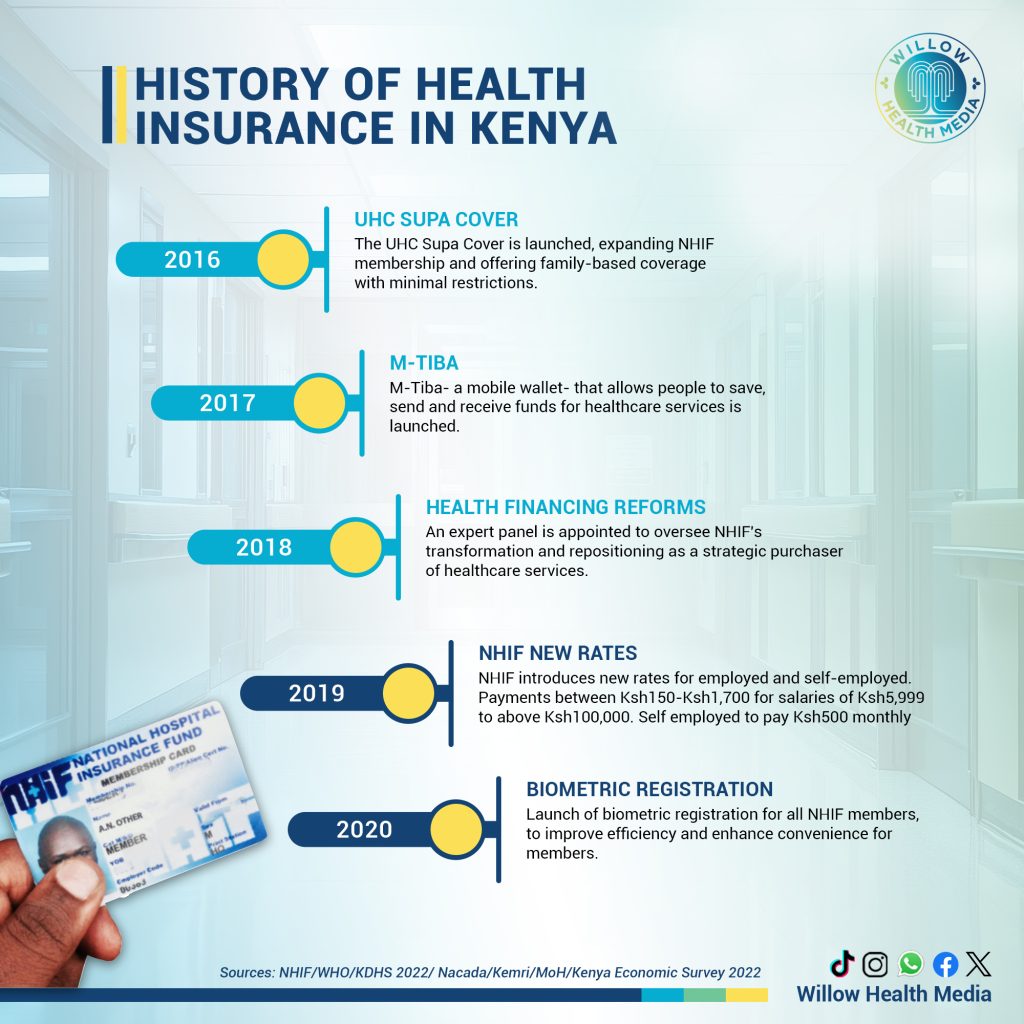
2021 – NHIF creates enhanced schemes to pay for COVID-19 testing, isolation and treatment services through a fee-for-service model during the COVID-19 global pandemic.
Parliament amends and passes the NHIF Act 1998 on December 21.
2022 – The NHIF Act 1998 is assented into law on January 10 with a raft of new regulations. This also changes the parastatal’s name from the National Hospital Insurance Fund to the National Health Insurance Fund.
2023 – The NHIF notifies all members and employers that all payments should be made through the government mobile money Paybill number 222222.
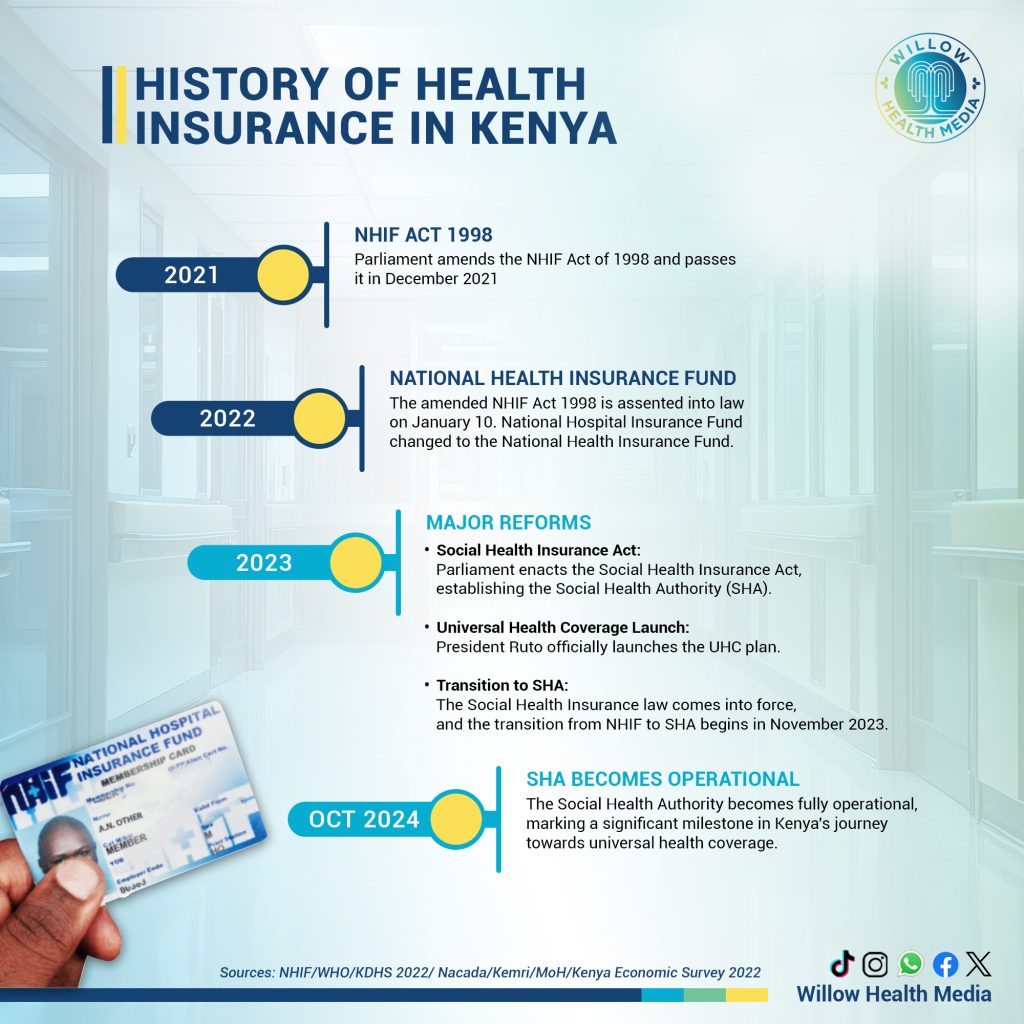
Transition from the National Health Insurance Fund (NHIF) to the Social Health Authority (SHA)
- On October 19, Parliament enacts and President William Ruto assents into law the Social Health Insurance Act No.16 of 2023, the Digital Health Act, and the Primary Health Care Act. This establishes the Social Health Authority (SHA) and a framework for managing social health insurance to give effect to Article 43(1)(a) of the Constitution.
- On October 20, the President officially launches the Universal Health Coverage (UHC) plan during the 60th Mashujaa Day celebrations.
- Government and healthcare stakeholders sign The Kericho Declaration on Human Resources for Health in Kenya, a 17-point commitment to support adequate and equitable distribution of the health workforce towards the achievement of UHC as guided by the new authority.
- The Social Health Insurance law comes into force, and November 22, 2024, is declared the first day to begin the transition from NHIF to SHA- with rollout to begin on January 1, 2024.
- The Social Health Insurance regulations come into force, which put into effect:
- The Social Health Insurance Fund
- The Emergency, Chronic and Critical Illness Fund
- The Primary Health Care Fund
- The Digital Health Act
- Mandatory registration for all Kenyans into SHA
- Payment schedule for rates under SHA
- On November 27, the High Court issues a conservatory order restraining the government and its agents from implementing the relevant Acts under SHA until February 7, 2024.
January 2024
On January 25, 2024, the Health Cabinet Secretary appoints and gazettes a 10-member Transition Committee chaired by Jason Kap-Kirwok to oversee the transition process.
July 2024
- On July 12, 2024, The High Court issues a judgement that the Social Health Insurance Act 2023, Primary Health Care Act 2023 and the Digital Health Act 2023 are unconstitutional for lack of adequate public participation, and for violation of constitutional provisions. Court orders Parliament to undertake sensitization and ensure proper public participation within 120 days.
- On July 26, 2024, the Cabinet Secretary Ministry of Health files an appeal challenging the High Court ruling.
- On July 26, Principal Secretary in the State Department for Medical Services swears an affidavit supporting the appeal.
August 2024
The SHA Health Benefit Package undergoes validation by the Health Cabinet Secretary and the Board of SHA after a successful public participation exercise.
September 2024
- On September 20, the Court of Appeal allows the Ministry of Health to proceed with the intended rollout of the Social Health Authority (SHA) as scheduled on October 1, 2024.
- On September 30 midnight, the NHIF card becomes invalid.
On October 1, 2024, the Social Health Authority becomes operational and the nationwide rollout of services begins.
